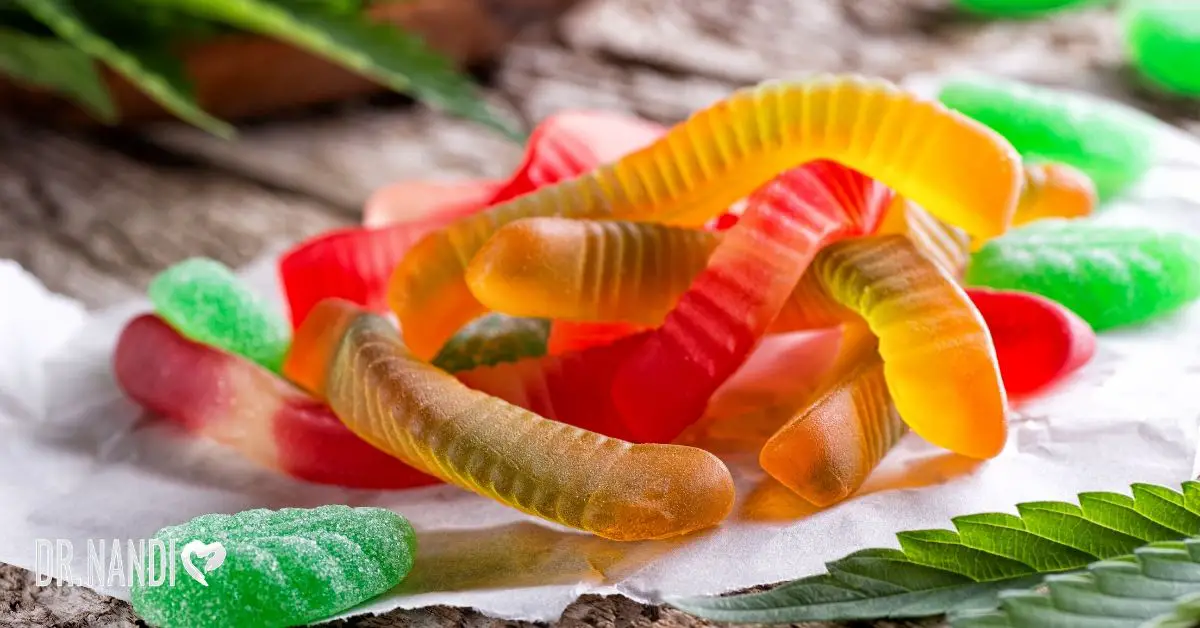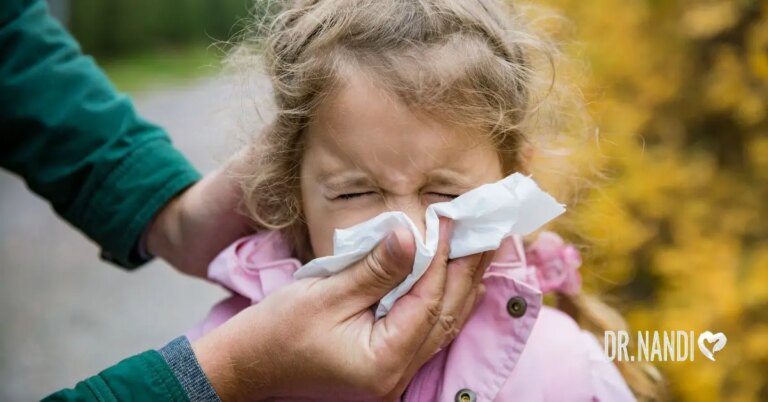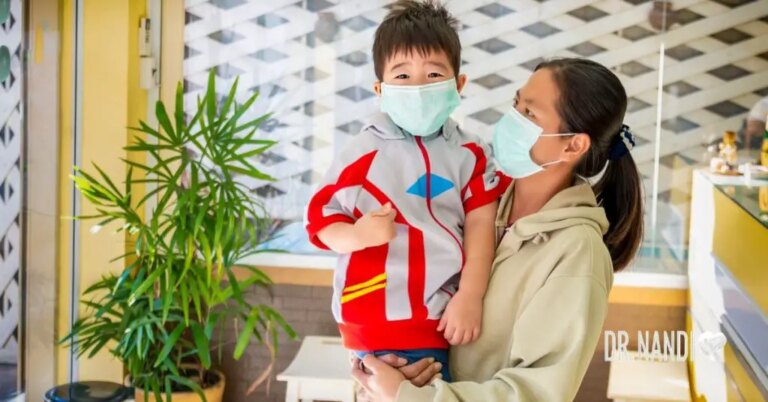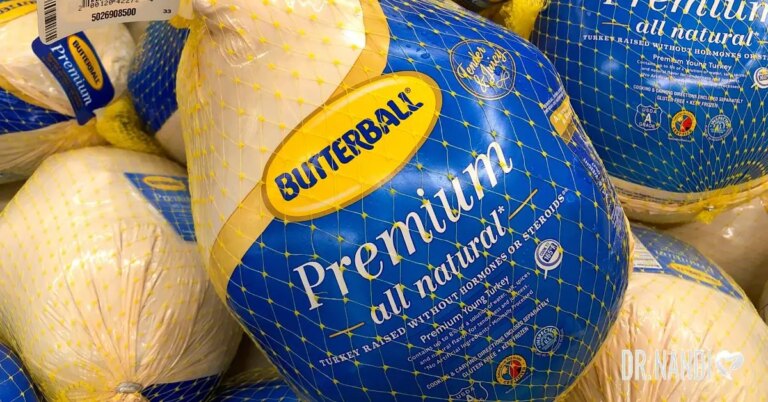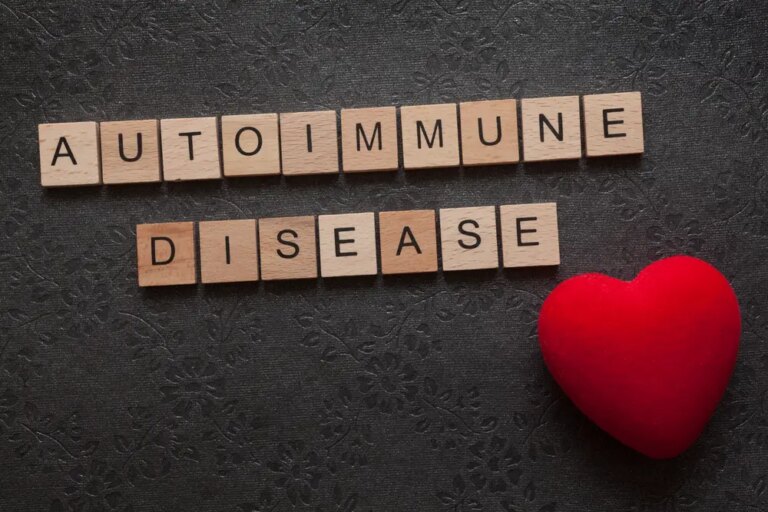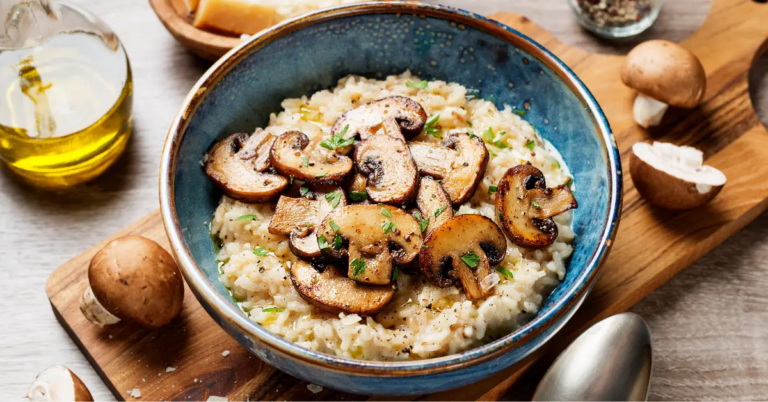Nine students in Florida were hospitalized after eating candy that was infused with marijuana after a student accidentally brought THC-laced candy to school. The packaging of THC candy and regular candy closely resemble one another.
The children in question were between the ages of 10 and 12 and were sent to the ER for stomach pains and none of the injuries were life-threatening. Though there was not much harm done in this case, it still serves as a warning to parents regarding edible marijuana products. If packaging and candy resemble products kids are familiar with, then then they are more likely to approach it as normal food and, in this case, take it to school. The most common occurrences of children accidentally ingesting marijuana happen when it is combined with food. With more states legalizing recreational marijuana use, these types of accidental incidences are on the rise.
Why Does The Combination With Food Mater?
Edible marijuana products often contain a high amount of THC, the psychoactive ingredient found in marijuana. They can take longer to have an effect than when smoked leading to more being eaten than intended. For children under 12, edibles can impact them more intensely and for more time than older kids or adults. They can experience negative effects such as trouble breathing, loss of coordination, difficulty concentrating, altered perception, panic, paranoia, heart problems and even seizures.
What Are The Long-Term Effects For Kids?
Unfortunately, there isn’t any way to know the long-term effects because of the lack of study. It would be unethical to research the full effects of marijuana on children. Therefore it’s imperative for anyone with children in the home to keep all marijuana products out of sight and out of reach from small hands. Ideally, products should be stored in child-resistant packaging that conceals the contents to avoid temptation. Also, avoid consuming marijuana products in front of children.
The American Academy of Pediatrics has more details here.



